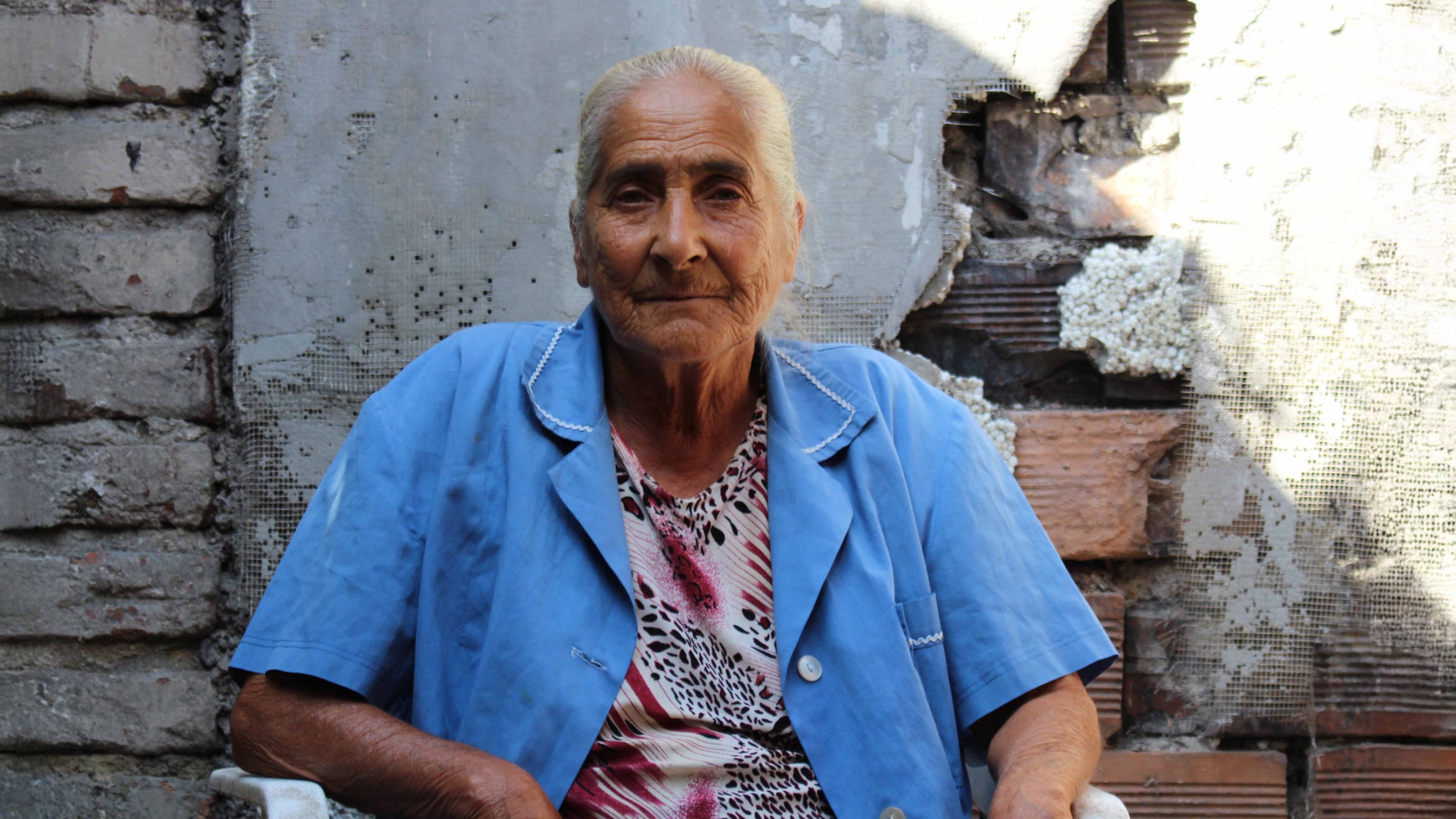
UC Santa Barbara is advancing its efforts to return Native American ancestors and cultural items, with a comprehensive repatriation program and a goal of completing this work responsibly and transparently by 2028.
The campus established a dedicated Repatriation Office in 2024 to oversee compliance with federal and state laws and to coordinate closely with Native Nations. The office is charged with summarizing collections, reporting campus holdings to state and federal Native American Graves Protection and Repatriation Act (NAGPRA) offices, facilitating consultation and ensuring that tribes have the information they need to guide decisions about their heritage and cultural belongings.
Most of UCSB’s holdings are curated in the Repository for Archaeological and Ethnographic Collections, a facility established decades ago as a research and storage space. The repository is not a public museum, and research is not permitted on Native American ancestors or cultural items without explicit tribal permission. While collections come from across the United States, the majority originate in Santa Barbara, Ventura and San Luis Obispo counties — the traditional homelands of the Chumash peoples. Over the years, more than 700 Native ancestors and approximately 22,000 funerary objects came into UCSB’s care.
UCSB’s NAGPRA Oversight Committee brings together UC faculty and Native representatives to guide the university’s compliance and consultation processes under NAGPRA. Committee members include Gregory Johnson, professor of religious studies and director of the Walter H. Capps Center for the Study of Ethics, Religion, and Public Life; Jon Daehnke, associate professor of anthropology; Nakia Zavalla, cultural director for the Santa Ynez Band of Chumash Indians; and Stuart Tyson Smith, professor of anthropology. Cristina Gonzalez of the Coastal Band of the Chumash Nation serves as chair of the committee.
“It has been an honor to work alongside our Native American partners in these repatriation efforts, and we look forward to continuing to strengthen our relationship as we move forward together in this process,” said Garry Mac Pherson, UCSB chancellor's NAGPRA designee.
Although UCSB began its first repatriation inventory in 1990, the process was not finalized until 2012, and legal transfers did not take place until 2021. More than 300 ancestors were excluded from that initial effort. “When I began in this role, it was clear that addressing this oversight had to be our first priority,” said Hugh Radde, who began as UCSB’s first full-time repatriation coordinator in 2024. “Our task was to notify tribes about these ancestors and make sure they had full access to the information necessary to begin consultation.”
That work has moved quickly in the past year. UCSB has summarized more than 800 additional collections representing approximately 135,000 items and extended consultation invitations to over 500 tribes nationwide. As a result, the university recently completed six repatriations and several additional repatriations are expected to be completed by December 2025. The university has also notified state and federal agencies whose collections are housed on campus and initiated communication with First Nations in Canada to arrange the voluntary return of ancestors curated at UCSB.
Meeting the 2028 goal requires more than notification; it requires structural change. In the past, the repository was largely managed by faculty and graduate students with limited support. Today, a team of staff supports the repatriation program, which now reports directly to the chancellor’s designee with dedicated financial oversight. A new database project is underway to modernize records, and a systematic review of all campus spaces has begun to ensure that no unreported Native ancestors or cultural items remain on campus. Plans are also in place to retrieve loaned collections and to revise UCSB’s repatriation plan with clear timelines and accountability measures.
Radde emphasized that while the university is moving forward on multiple fronts, the process must ultimately unfold on tribal terms. “Repatriation is not something the university dictates,” he said. “It is a process of consultation, and that takes time. Our responsibility is to safeguard these collections, provide accurate information, and support tribes until they are ready to reclaim their ancestors and cultural heritage.”
Each step, Radde noted, is part of a larger shift toward transparency, accountability and respect. “The work we are doing now is about restoring stewardship to the communities whose heritage it is,” he said.



